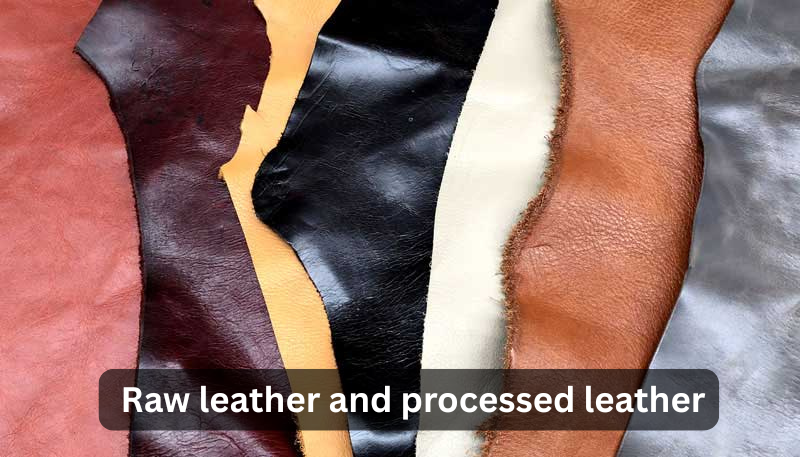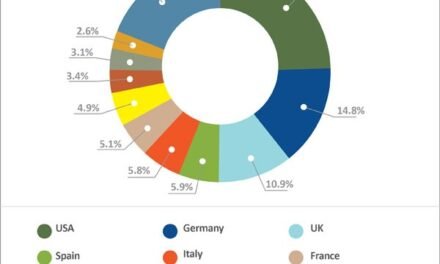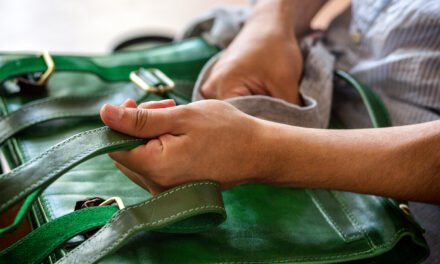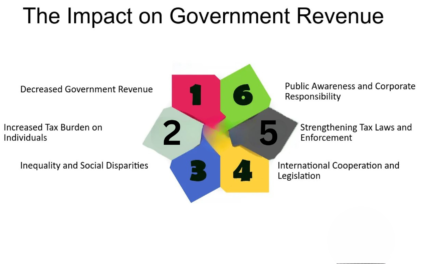The difference between raw leather and processed leather lies in their state of preparation, appearance, usability, and durability. Raw leather refers to leather in its untreated natural state, whereas processed leather undergoes specific treatments to make it functional, durable, and suitable for end products like bags, shoes, and furniture. Below is a detailed comparison:
1. Definition
- Raw Leather:
- Refers to animal hides or skins that have been removed but are not yet treated, tanned, or finished. It is often referred to as “rawhide” when cleaned and dried but not tanned.
- Processed Leather:
- Leather that has undergone tanning, finishing, and other treatments to make it durable, flexible, and resistant to decomposition. This includes various leather types such as full-grain, top-grain, and genuine leather.
2. State and Appearance
- Raw Leather:
- Appears wet or dry, depending on its condition.
- It retains its natural hair, odors, and sometimes blood, fat, or flesh residues.
- It is stiff and prone to decomposition if not preserved properly.
- Processed Leather:
- Smooth, clean, and ready for use.
- Free from hair, odors, and impurities.
- Flexible, soft, and treated with finishes to improve its texture, color, and appearance.
3. Treatment Process
- Raw Leather:
- Minimal treatment; it is typically salted or dried to prevent immediate decay.
- The hide or skin may be cleaned, soaked, and sometimes stretched but remains untanned.
- Processed Leather:
- Undergoes extensive treatments, which include:
- Tanning: A process to prevent decomposition and give leather flexibility and durability. Methods include:
- Vegetable Tanning: Uses plant-based tannins for eco-friendly leather.
- Chrome Tanning: Uses chromium salts for soft, pliable leather with uniform color.
- Dyeing and Coloring: To achieve the desired hue.
- Finishing: Includes polishing, embossing, or coating for water resistance and improved aesthetics.
- Conditioning: Softens and strengthens the leather.
- Tanning: A process to prevent decomposition and give leather flexibility and durability. Methods include:
- Undergoes extensive treatments, which include:
4. Durability and Longevity
- Raw Leather:
- Prone to rotting, shrinking, or hardening if exposed to moisture or sunlight.
- Cannot be used for long-term applications without treatment.
- Processed Leather:
- Highly durable, resistant to wear, and less affected by environmental factors like moisture, temperature changes, or insects.
- Suitable for making bags, furniture, footwear, and automotive upholstery.
5. Usability
- Raw Leather:
- Limited usability in its natural state.
- Primarily used for rawhide products (e.g., drumheads, ropes, dog chews).
- Often used as an intermediate material before tanning.
- Processed Leather:
- Ready for industrial and commercial applications, including:
- Leather bags, briefcases, and accessories
- Footwear
- Garments and upholstery
- Automotive interiors
- Ready for industrial and commercial applications, including:
6. Texture and Feel
- Raw Leather:
- Rough, stiff, and coarse.
- May feel greasy or brittle depending on its state.
- Processed Leather:
- Smooth, soft, and flexible.
- Textured according to the type of finish (e.g., pebbled, embossed, or polished).
7. Maintenance
- Raw Leather:
- Requires immediate preservation (e.g., salting, drying) to prevent decay.
- Difficult to maintain due to its susceptibility to environmental conditions.
- Processed Leather:
- Easier to maintain with regular care, such as cleaning, conditioning, and polishing.
- Resistant to wear, making it suitable for daily use.
Conclusion
The primary difference between raw leather and processed leather is that raw leather is untreated and unsuitable for most practical applications, whereas processed leather undergoes extensive treatment to ensure durability, aesthetic appeal, and versatility for commercial and industrial use. Processed leather is the preferred material for high-quality products such as bags, briefcases, footwear, and upholstery, as it is both functional and visually appealing.
Hashtags
#LeatherArtisans #EcoFriendlyLeather #LeatherProducts #HandcraftedLeather #LeatherTrends #LeatherFashion #LeatherCare #LeatherKnowledge #LeatherExperts #LeatherSuppliers #LeatherMaterials #LeatherDesign #LeatherAccessories #LeatherLifestyle #LeatherCommunity #LeatherLove #LeatherPassion #LeatherObsession #LeatherAddict #LeatherEnthusiast #LeatherAppreciation







